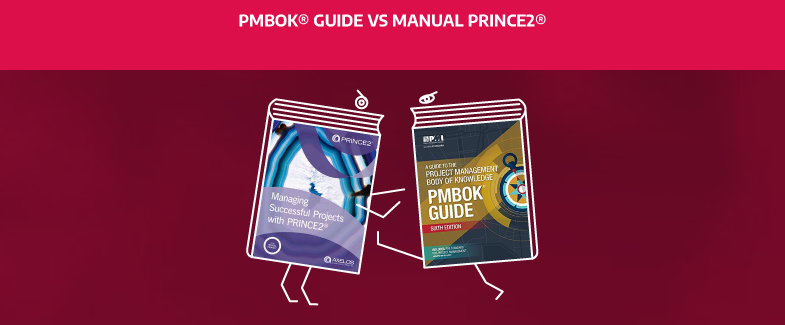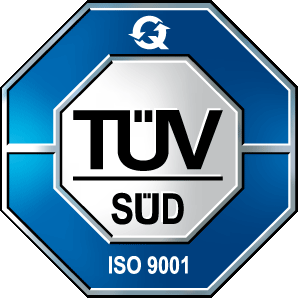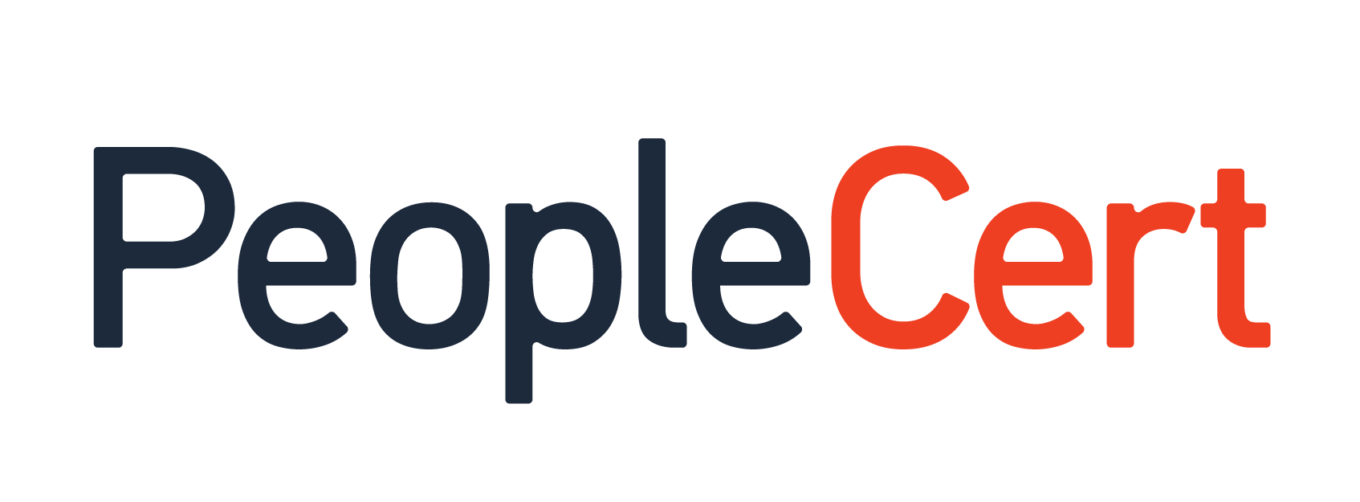My reflections on differences, common points and complementarities PMBOK® Guide and the PRINCE2® methodology, I declared to be organized on the basis of the division into 10 areas of knowledge, taken from this first publication. However, before we reach more detailed content, it seems necessary to look at the general information. In previous editions PMBOK® Guide and the PRINCE2® manual, it was more difficult to find simple confirmation of the consistency of the ideas behind them. Of course, it was clear that both approaches recognized the need for the project manager to plan the project and monitor its implementation. Nevertheless, it was difficult to see how they fit together at first glance.
New editions of both documents released last year made this task easier for me. In subsequent texts, when dealing with specific areas of knowledge, I will naturally have to try to effectively compare these differently organized publications. 7 topics and 7 processes of the PRINCE2® methodology can be compared to 10 knowledge areas and 49 processes collected in 5 groups in PMBOK® Guide. I will try to do it step by step. As a first step, let's take a comparison of two drawings taken directly from both publications, which present a basic approach to the project life cycle.

PMBOK® Guide offers us in edition 6 a new approach to the project life cycle in Figure 1-8 on page 30. In previous editions, the importance of business documents created before the project was not so clearly marked. The Business Case was the entry into the process of creating a project charter, but there was no Benefits Management Plan in Release 5. The connection between pre-design work and the start of the project was also not as clearly emphasized as shown in the figure above.
Let's add to this a quote from page 29 of the new one PMBOK® Guide: Sponsor projektu jest generalnie odpowiedzialny za stworzenie i utrzymywanie udokumentowanego uzasadnienia biznesowego. Kierownik projektu jest zobowiązany dostarczać rekomendacji oraz przeglądu, by zapewnić zgodność uzasadnienia biznesowego projektu, planu project management., karty projektu i planu zarządzania korzyściami ze sobą nawzajem oraz z celami organizacji. (…) Kierownicy projektów powinni odpowiednio dopasować wskazane dokumenty zarządzania projektem do swoich projektów.
The 2017 edition of the PRINCE2® methodology also presents a new figure 13.1 on page 158. relating to the project life cycle. PRINCE2® processes and the management documents created within them have not changed. In the "Starting up a project" process conducted before the project, the project manager is responsible for creating, in cooperation with the chairman of the steering committee (equivalent of the sponsor in PMBOK® Guide) Project Brief document, part of which is the outline of the Business Case. It is worth noting that the PRINCE2® Project Assumptions most closely correspond to the Project Charter PMBOK® Guide.
A document dedicated to benefits management is created in accordance with PRINCE2® in the Initiation stage, specifically as part of the Initiating a project process. In this process, the project manager creates Project Initiation Documentation, which is the equivalent of the Project Management Plan with PMBOK® Guide. It includes, among other things, a completed Business Justification. A Benefits Review Plan is to be created based on this document. Both documents must be approved by the chairman of the steering committee, who then monitors the project's progress in accordance with them. He is also responsible for them towards the organization.
It would be difficult to say that the two drawings presented above are identical. However, there is no doubt that both of them clearly indicate the time before the project to prepare the business decision to start design work. Many details remain different (e.g. the time of creating the Project Charter - Project Assumptions, or the Benefit Management Plan - Benefit Review Plan), but the general idea is clearly similar. The project aims to provide not only deliverable (PMBOK® Guide), or out-put (PRINCE2®). Thanks to them, we are to achieve benefits for the organization. These benefits make a business case for the project and are to be managed. The project manager should, of course, be involved in this, but his or her supervisor also has an important role to play here. It can be generally stated that both in accordance with PMBOK® Guide, as well as with the PRINCE2® methodology, the project sponsor - the chairman of the steering committee - is to be the "business manager of the project".
Author: Maciej Krupa











